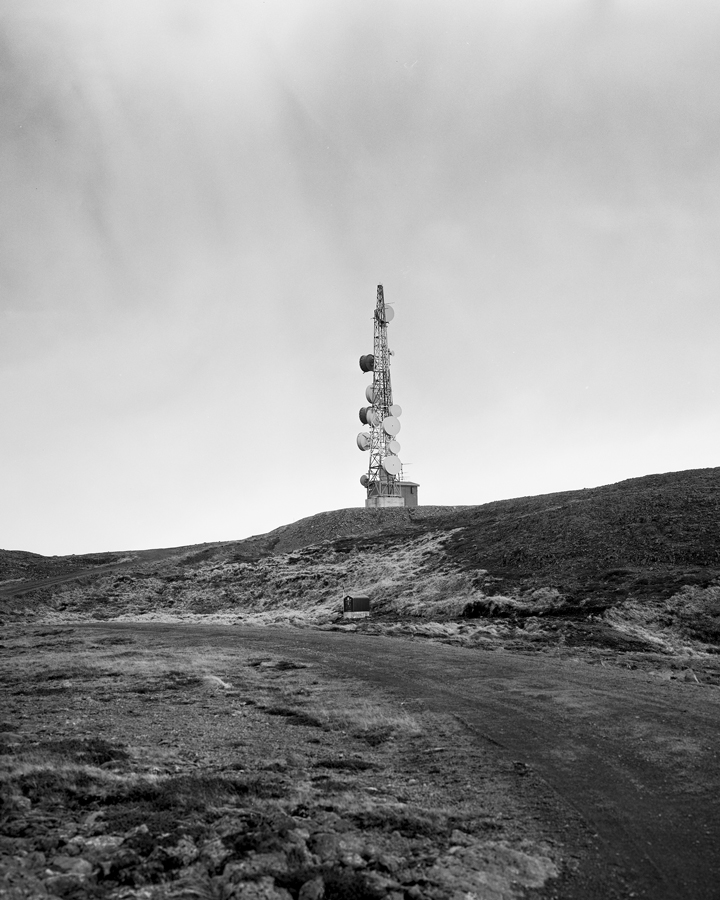Blind Sites

Giclee, variable dimensions.
2014-2024
The towers rise like bone.
Precise. Provisional.
Skeletal against the sky.
Precise. Provisional.
Skeletal against the sky.

53°30'13.0"N 2°22'46.2"W

53°32'16.8"N 2°18'05.9"W

55°10'05.5"N 7°14'37.5"W
In Blind Sites, Michael McGinley turns his lens toward these structures of communication — telecommunications masts that punctuate the landscape with a strange and unwavering intent. They are determined forms: the latest articulations of a single, ancient need — to reach across distance, to make contact, to be heard.
Blind Sites








Each mast stands as both sign and symptom of that drive. Their bodies are elegant and ascetic, stripped to the minimum required for function, yet charged with a quiet pathos. They belong to the lineage of masts that came before — the ships’ masts that carried sails and empires, the telegraph poles that first spanned continents, the radio towers that filled the air with invisible voices. Every iteration refines the same gesture: the human wish to turn absence into presence, to translate desire into signal.
Blind Sites


McGinley’s photographs trace this threshold between the visible and the immaterial. The masts emerge from fields, forests, and ridgelines — stark extrusions of a global nervous system that hums through the natural world. The landscapes do not simply host them; they are altered by them, threaded with invisible data, turned into zones of transmission. The image becomes a site of mediation itself: between human and non-human, signal and silence, technology and nature.





Blind Sites
If these towers are monuments, they are temporary ones. Their signals will fade, their hardware will rust, their frequencies will migrate elsewhere. Yet for this moment they stand, skeletal and luminous, transmitting the murmurs of a species that has built its own atmosphere of communication.
McGinley’s Blind Sites holds us in that charged silence between transmission and reception — the interval where communication reveals its true face: not certainty, but longing.
McGinley’s Blind Sites holds us in that charged silence between transmission and reception — the interval where communication reveals its true face: not certainty, but longing.
Blind Sites